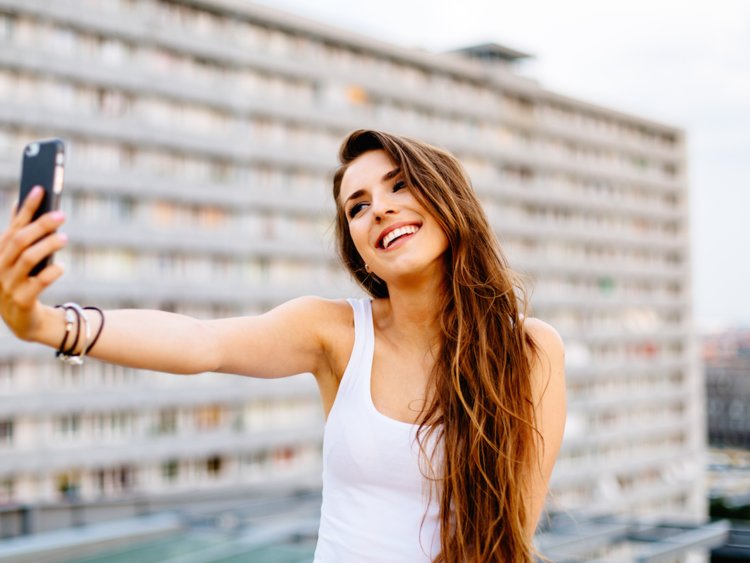The Verso blog has an excerpt from the recently published book The Social Photo: On Photography and Social Media by sociologist and media theorist Nathan Jurgenson. In the excerpt, Jurgenson argues that the selfie is such a derided form of photography because it exposes “the ongoing process of identity construction.” This exposure makes us uncomfortable because it demonstrates not only that the self is indeed a construction, but that it is crafted to please others, not ourselves. Check out a snippet of the excerpt below.
The selfie is “authenticated” by the markings of the form (holding the phone and pointing it at oneself), which conveys an intimacy akin to looking in the mirror. In the tension between mirror view and external view is the self, and, like the self, the selfie traverses that space, puts it into social circulation. The selfie lets us share that mirror-view, what we see when contemplating our self, considering what we are. In this way, the mirrored view subtly conveys to others not the objective fact of who we are but instead what we see in our private back stage, which is a self in the active process of being made and also being passively shaped by the world.
Erving Goffman, perhaps the most influential sociologist of identity, built such a dramaturgical framework for understanding the self in his 1959 book The Presentation of Self in Everyday Life, which conceives our social behavior in terms of actors performing, making use of specific scripts and props. In addition to the “front stage” where we perform, there is a “back stage” where we get ready to be in public. The back stage isn’t where we are more “real” because we aren’t performing; instead, it is where we learn to perform. For example, we might look into a mirror and practice our photo smile or try out different hairstyles, clothes, or makeup. All this will later be passed onto the front stage, often as seemingly cool and unrehearsed.
While much of this prep time goes unrecorded, selfies can capture that backstage work: the effort to set the scene, the staging and prepping and practicing of the self. Most photographs hide the photographer, whose subjectivity is usually conspicuously missing from the resulting image. The selfie undoes this photographic fourth wall, because the observer is observed. You all see me, the same me, the me that I see and choose to share.
Image via Business Insider.
